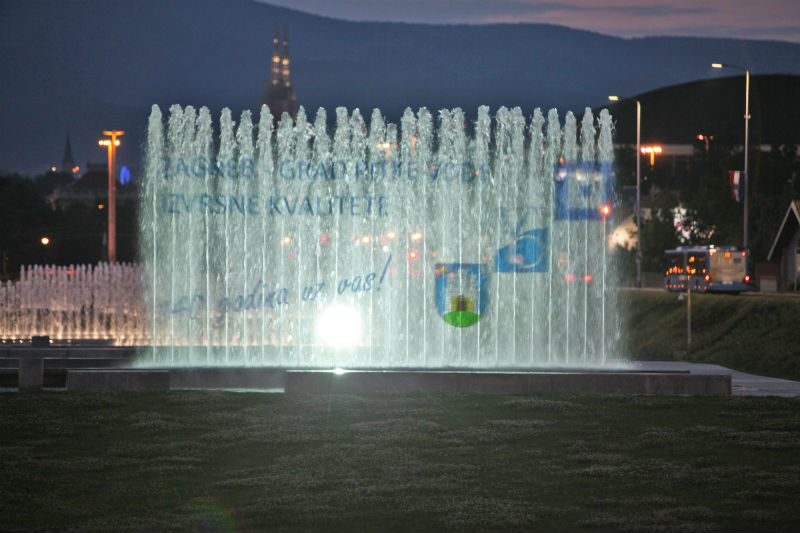140th Anniversary of the Zagreb’s Public Waterworks

9. July 2018. In the courtyard of Water Supply and Drainage LTD, in the Eleonore Patačić Street, today is celebrated 140. anniversary of the Zagreb’s public waterworks. The ceremony was attended by Mayor of Zagreb Milan Milan Bandic with associates, member of the Zagreb City Holding LTD Daniela Franić and Director of Water Supply and Drainage LTD Štefica Mihalic together with numerous employees.
Throughout human history, people invested a major part of their efforts, skills, and knowledge to obtain sufficient quantities of drinking water. The history of Zagreb, its development, and its future are closely connected to finding solutions for quality water supply to its inhabitants.
Unfortunately, there was no good-quality and organised water supply until the late 19th century. Water was of poor quality, unsafe, or non-existent, since the inhabitants of Zagreb used to obtain their water from several public and private wells. The first attempt to resolve the problem of organised water supply was introduced in form of a preliminary design offered by engineer Vatter in 1773. He envisioned that the required quantities of water should be collected from the Queen's Well below Medvedgrad. The project was not realised on account of high construction costs.
In the 18th century, the city of Zagreb, as the capital of the Civil Croatia, began to develop and experience a rapid expansion. It became richer and more dynamic, so the problem of water supply became a matter of primary concern. On 14 August 1861, city representatives appointed a “Waterworks Committee”; its job was to develop a plan for future city waterworks. As the plan was not followed through, the problem of water supply in Zagreb remained open for a long time.
Ten years later, new research projects were launched to measure the water supply potential of major springs in the area of Mount Medvednica (put into motion by engineer Melkus). Unfortunately, it was shown that they would not suffice to ensure a sufficient quantity of water for the city. In his follow-up work, engineer Melkus presented a report recommending that water should be collected from wells in the valley of the Sava river because, according to available information, they had sufficient quantities of clean drinking water. This information was most definitely the greatest contribution to the beginning of modern water supply. A special committee accepted the proposal, thus facilitating the construction of the waterworks system of the City of Zagreb.
Works on the city waterworks began in July 1876, in line with the design of engineer Melkus. Two years later, Zagreb’s public waterworks were opened. In comparison to other large cities, that was five years before Munich and only five years after Vienna. The capacity of the waterworks at the time was 53.2 litres per second, and the waterworks network was 3.9 km in length. At the time, Zagreb had around 30 000 inhabitants, and 11 150 were connected to the water supply network.
In comparison to the beginnings of the water supply system in Zagreb, the capacity of the water supply system today is 4,500 litres per second, while the water supply network is over 3,000 km in length. It supplies water to approximately 900,000 inhabitants. During the development and growth of the water supply system, Zagreb’s Waterworks were also provided with their own laboratory for micro-biological and physico-chemical water control. They also introduced ongoing (preventive) chlorination. Now in day, Zagreb collects drinking water from eight water collection sites with about thirty wells in total. The most significant are: Mala Mlaka, Petruševec, Sašnak and Strmec, and Zapruđe.